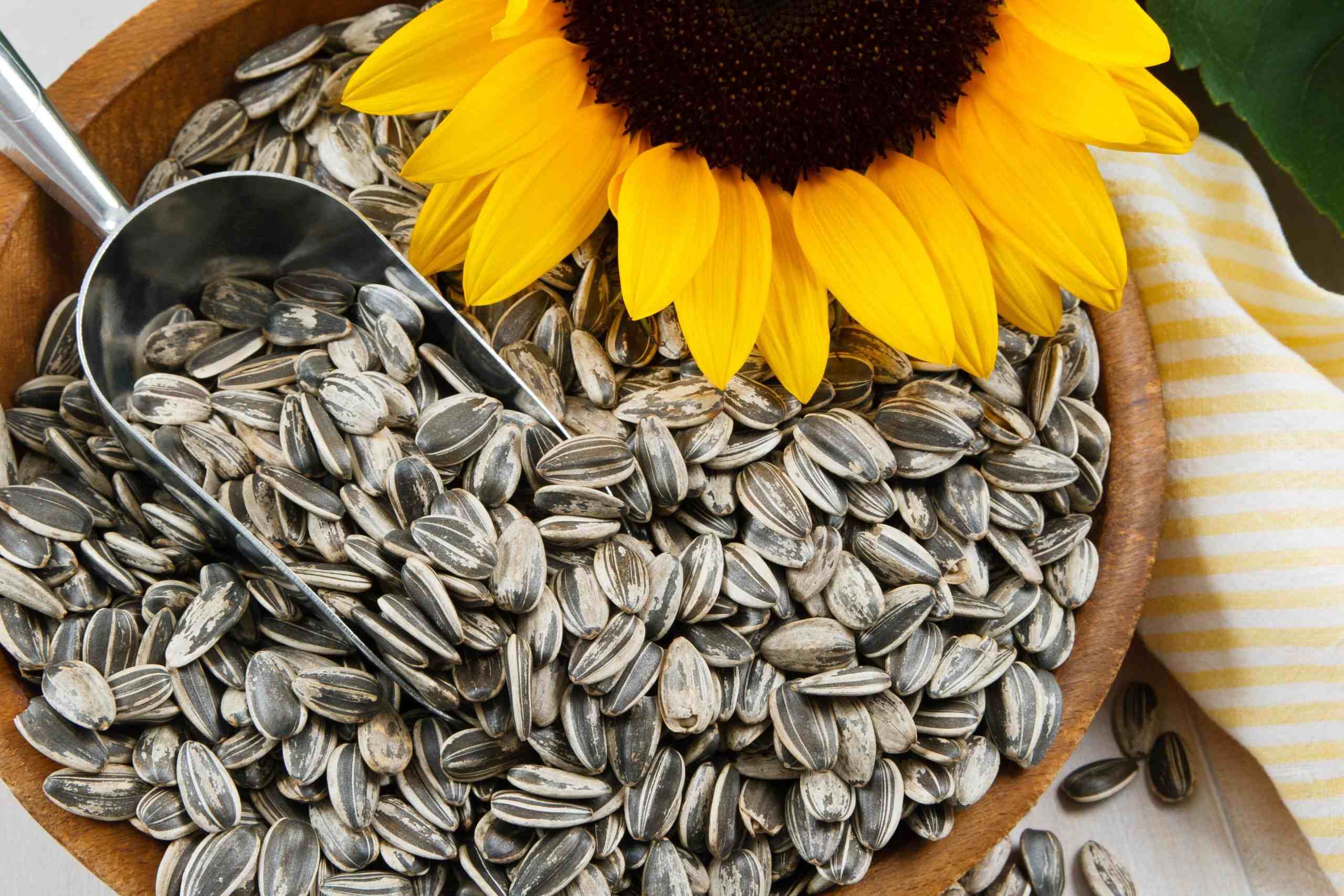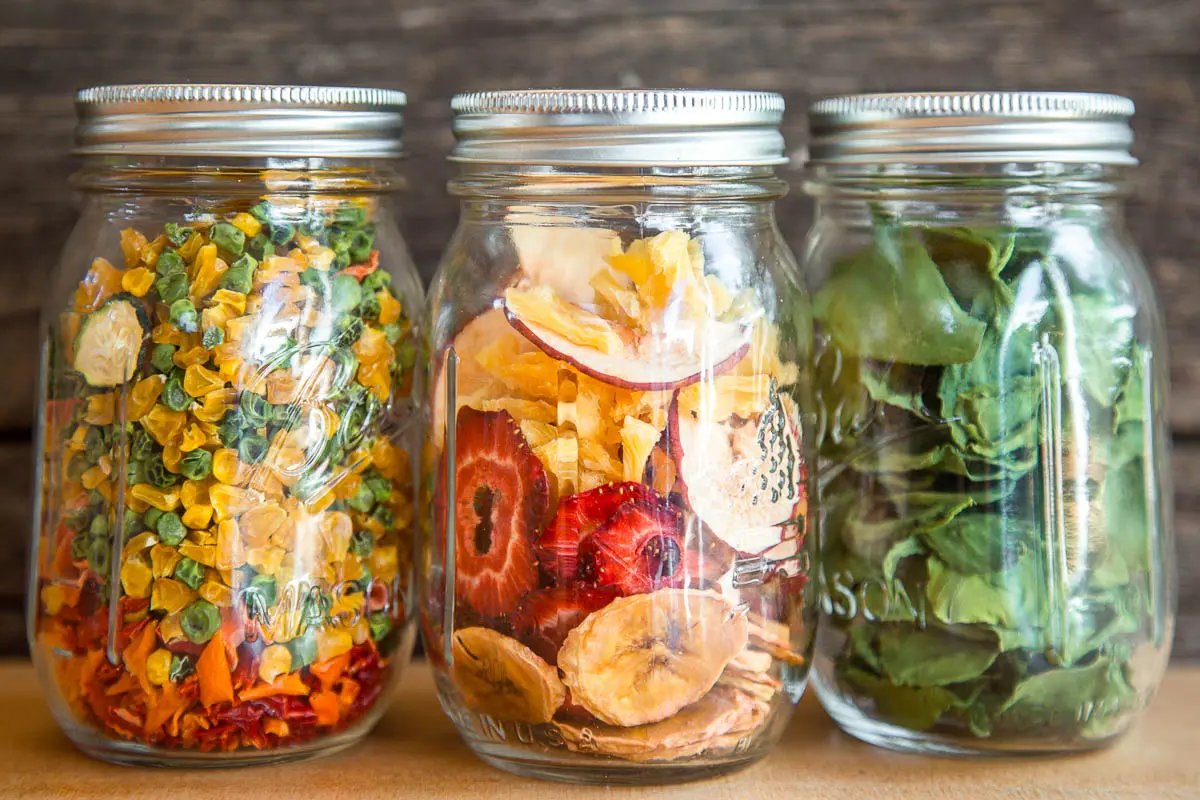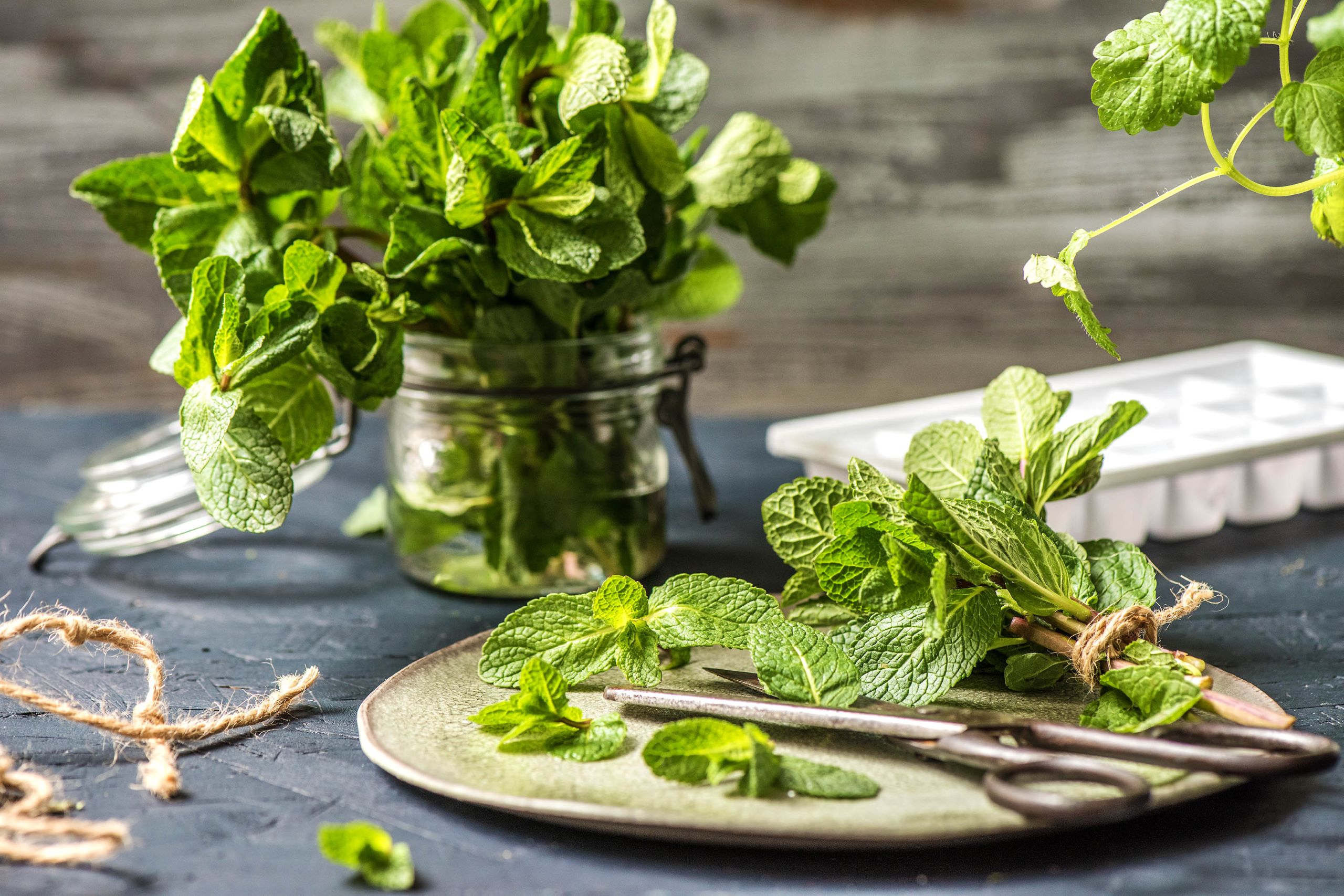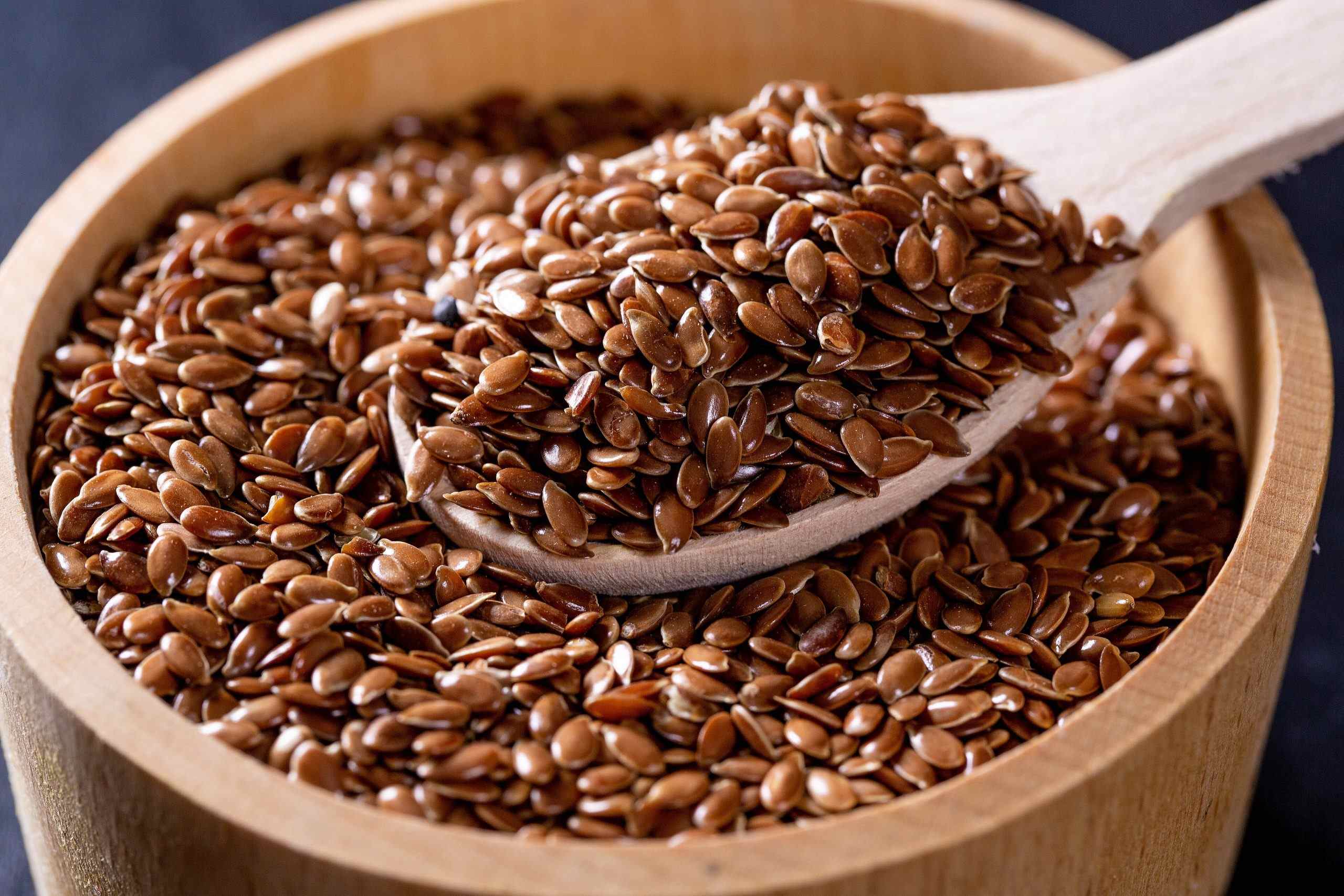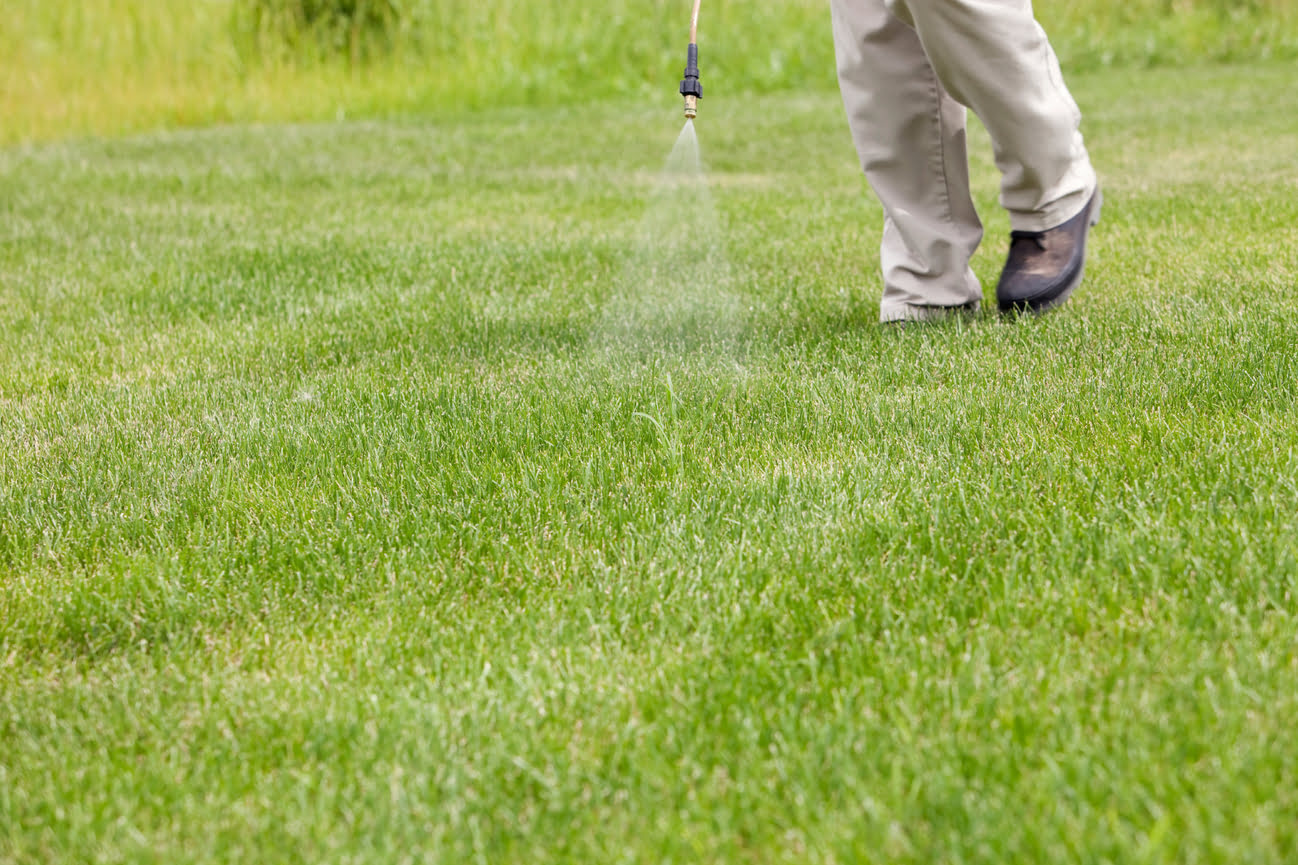Home>Gardening Techniques>Plant Care>How Long Do Little Trees Last


Plant Care
How Long Do Little Trees Last
Published: October 25, 2023
Discover the lifespan of Little Trees and get expert tips on plant care to ensure their longevity.
(Many of the links in this article redirect to a specific reviewed product. Your purchase of these products through affiliate links helps to generate commission for Chicagolandgardening.com, at no extra cost. Learn more)
Table of Contents
Introduction
Welcome to the world of little trees! These adorable miniature plants have captured the hearts of plant enthusiasts and beginners alike. Whether you are looking to add a touch of green to your office desk or brighten up a small corner of your home, little trees can be the perfect choice.
But how long do these little wonders really last? It’s a common question that many plant enthusiasts have, and it’s important to understand the factors that can affect the lifespan of your little trees.
In this article, we will explore the various factors that can impact the longevity of your little trees, including the material composition, environmental conditions, usage and placement, as well as maintenance and care tips. By understanding these factors and implementing proper strategies, you can extend the lifespan of your little trees and enjoy their beauty for years to come.
So, if you’re ready to dive into the world of little trees and learn how to keep them thriving, let’s get started!
Factors Affecting the Lifespan of Little Trees
While little trees can indeed bring joy and beauty to any space, it’s important to remember that their lifespan can be influenced by various factors. Understanding these factors can help you make informed decisions about the care and maintenance of your little trees. Let’s explore some of the key considerations:
- Material Composition: The material composition of little trees plays a significant role in their longevity. Some little trees are made from natural materials like preserved mosses, while others are crafted using synthetic materials. Synthetic materials may be more durable and resistant to wear and tear, while natural materials may require extra care to maintain their longevity.
- Environmental Conditions: The surrounding environment can greatly impact the lifespan of your little trees. Factors such as temperature, humidity, light exposure, and air quality all play a role. Little trees thrive in moderate temperatures, with humidity levels between 40% and 60%. Exposure to direct sunlight for prolonged periods can cause fading and deterioration, while inadequate light may hinder their growth.
- Usage and Placement: How you use and place your little trees can affect their lifespan. If your little tree is located in a high-traffic area where it may be bumped or mishandled, it may be more prone to damage. Similarly, placing the little tree near heat sources, such as radiators or vents, can dry out the foliage and affect its overall health.
- Maintenance and Care: Proper maintenance and care are crucial for the longevity of little trees. Regular cleaning to remove dust and dirt not only keeps them looking fresh but also helps maintain their health. Additionally, providing adequate water and occasional misting to maintain optimal moisture levels is essential. Overwatering or allowing the little tree’s soil to dry out completely can lead to wilting and damage.
By considering these factors and taking appropriate actions, you can prolong the lifespan of your little trees and keep them thriving for years to come. In the following sections, we will dive deeper into specific care tips and techniques to help you maintain the health and beauty of your little trees.
Material Composition
One of the key factors that can affect the lifespan of your little trees is the material composition. Little trees can be crafted using a variety of materials, each with its own advantages and considerations. Understanding the material composition of your little tree can help you determine the level of care it requires.
Many little trees are made from preserved mosses, which have been carefully treated to retain their vibrant color and soft texture. Preserved moss little trees offer a natural and eco-friendly option, providing a touch of green without the need for watering or sunlight. These little trees are generally long-lasting and require minimal maintenance. However, it’s important to keep them away from excessive humidity, direct sunlight, and high temperatures, as these factors can cause the preserved moss to deteriorate.
On the other hand, some little trees are crafted using synthetic materials such as plastic or silk. These synthetic little trees can be more durable and resistant to wear and tear. They are also typically more forgiving when it comes to environmental conditions, as they are not affected by humidity or sunlight. However, synthetic little trees may not offer the same level of realism as preserved moss little trees.
When choosing a little tree, consider your personal preferences, the aesthetic you want to achieve, and the level of maintenance you are willing to commit to. Preserved moss little trees provide a natural and organic look, while synthetic little trees offer flexibility and durability. It’s also worth noting that some little trees may combine different materials, such as a preserved moss base with synthetic leaves for added realism.
No matter the material composition of your little tree, it’s important to ensure regular cleaning. Dust and dirt can accumulate on the leaves or moss, affecting their appearance and overall health. Gently wipe the leaves or moss with a soft cloth or use a compressed air canister to remove any debris. Avoid using harsh cleaning chemicals or excessive water, as these can damage or discolor the materials.
By understanding the material composition of your little trees and providing proper care and maintenance, you can enjoy their beauty and longevity. In the next sections, we will explore additional factors that can influence the lifespan of your little trees, including environmental conditions, usage and placement, and maintenance techniques.
Environmental Conditions
The surrounding environment plays a crucial role in the lifespan of your little trees. Factors such as temperature, humidity, light exposure, and air quality can all impact their health and longevity. Understanding and managing these environmental conditions is essential for keeping your little trees thriving.
Temperature is an important factor to consider. Most little trees prefer moderate temperatures, ranging between 60°F (15.5°C) and 75°F (24°C). Extreme temperatures, either too hot or too cold, can stress the plants and lead to damage. Avoid placing your little trees near drafty windows or doors, as the fluctuating temperature can negatively affect their health.
Humidity levels also play a significant role in the lifespan of little trees. Most little trees thrive in humidity levels between 40% and 60%. High humidity can promote the growth of mold and fungi, while low humidity can cause the foliage to dry out. If the air in your environment is too dry, consider using a humidifier or misting your little trees with water to maintain optimal moisture levels.
Light exposure is another crucial environmental factor. While little trees need light to thrive, excessive exposure to direct sunlight can be harmful. Prolonged sunlight can cause the leaves to fade, wilt, or even burn. On the other hand, insufficient light can hinder the growth and overall health of your little trees. Find a balance by placing your little trees in areas with indirect, filtered light or consider using artificial light sources, such as grow lights, if natural light is limited.
Air quality is often overlooked but can have a significant impact on your little trees. Poor air quality, such as exposure to pollutants or chemicals, can affect the health and vitality of the plants. Ensure good ventilation in the area where your little trees are placed and avoid exposing them to smoke or harmful fumes.
By creating an environment that provides moderate temperatures, appropriate humidity levels, suitable light exposure, and good air quality, you can optimize the conditions for the longevity of your little trees. In the following sections, we will delve into usage and placement considerations, as well as maintenance and care tips to further enhance the health and lifespan of your little trees.
Usage and Placement
How you use and where you place your little trees can have a significant impact on their lifespan. Consider these factors to ensure your little trees thrive in their environment:
1. Traffic and Handling: Little trees that are frequently bumped, mishandled, or accidentally knocked over can experience damage or breakage. If you have pets or small children, it’s essential to place your little trees in an area that is less prone to disturbances. Consider placing them on higher shelves or surfaces to keep them out of reach, or use protective barriers to prevent accidental collisions.
2. Heat Sources: Placing your little trees near heat sources, such as radiators, heaters, or vents, can lead to excessive drying of the foliage. Dry air can cause the leaves to wither and lose their vibrant appearance. To maintain the health of your little trees, ensure they are positioned away from direct exposure to heat sources.
3. Size and Proportions: The size and proportions of your little trees should be carefully considered in relation to the area where they will be placed. Large or oversized little trees may overwhelm a small space, while tiny little trees may get overshadowed in a larger room. Ensure your little trees complement the scale and aesthetics of their surroundings.
4. Lighting Conditions: As mentioned earlier, proper lighting is crucial for the health of your little trees. Place them in areas where they can receive adequate indirect or filtered light. Avoid areas with intense, direct sunlight, as it can cause leaf burn or fading.
5. Air Circulation: Proper air circulation is essential for the overall health of your little trees. Stagnant or humid air can promote the growth of mold and bacteria, which can negatively affect the plants. Ensure that there is good ventilation in the area where your little trees are placed. Using a fan or opening windows periodically can help maintain fresh and circulating air.
By considering these usage and placement factors, you can create an environment that minimizes the risk of damage, provides suitable lighting conditions, and maintains good air circulation for the longevity of your little trees. In the next sections, we will explore maintenance and care tips that will further enhance the health and lifespan of your little trees.
Maintenance and Care Tips
Proper maintenance and care are essential for ensuring the longevity and health of your little trees. Here are some tips to help you keep them thriving:
1. Regular Cleaning: Dust and dirt can accumulate on the leaves or moss of your little trees, affecting their appearance and overall health. Gently wipe the leaves or moss with a soft cloth or use a compressed air canister to remove any debris. Avoid using harsh cleaning chemicals or excessive water, as these can damage or discolor the materials.
2. Watering: Proper watering is crucial for the health of your little trees. However, it’s important to strike a balance and avoid overwatering or letting the soil dry out completely. Ensure that the soil is consistently moist but not soaking wet. The frequency of watering will depend on the specific needs of your little tree and the environmental conditions in your space.
3. Humidity Regulation: Little trees thrive in moderate humidity levels. If the air in your environment is dry, consider using a humidifier or misting the leaves and soil of your little trees with water to maintain optimal moisture levels. Be careful not to oversaturate the soil or let water accumulate at the bottom of the container, as this can lead to root rot.
4. Fertilization: While little trees typically do not require frequent fertilization, providing them with occasional nutrients can promote healthy growth. Use a balanced, water-soluble fertilizer specifically formulated for houseplants. Be sure to follow the instructions on the fertilizer packaging and avoid over-fertilizing, as it can lead to chemical burns or nutrient imbalances.
5. Pruning: Regular pruning can help maintain the shape and appearance of your little trees. Trim any dead or yellowing leaves or branches to encourage new growth. Additionally, you can trim back excessive growth to control the size of your little trees and prevent them from becoming unruly.
6. Monitoring for Pests: Keep a vigilant eye for any signs of pests, such as aphids, mealybugs, or spider mites. These pests can quickly infest your little trees and negatively impact their health. If you notice any pests, take appropriate measures to eliminate them, such as using natural insecticidal soap or introducing beneficial insects.
7. Rotating Position: Rotating the position of your little trees can ensure even growth and prevent lopsidedness. Regularly turning the plants allows all sides to receive equal light exposure, preventing them from leaning towards the light source and maintaining a well-balanced appearance.
By following these maintenance and care tips, you can provide the best conditions for your little trees to thrive. Remember to observe any specific care instructions that may come with the little trees you purchase, as different types may require slightly different care. With proper care, your little trees can bring beauty and joy to your space for a long time.
Common Signs of a Worn-out Little Tree
Just like any living organism, little trees eventually show signs of wear and tear as they age. It’s important to be aware of these signs so that you can take appropriate action and ensure the health and longevity of your little trees. Here are common indicators that your little tree may be worn-out:
1. Faded or Discolored Foliage: If the leaves of your little tree have lost their vibrant color or have become discolored, it may be a sign of aging or inadequate care. Faded or yellowing foliage can indicate nutrient deficiencies or improper light exposure.
2. Withered or Drooping Leaves: Leaves that appear wilted, droopy, or show signs of excessive drying can indicate a lack of proper watering or humidity. It’s important to ensure consistent moisture levels and avoid both overwatering and underwatering.
3. Stunted Growth or Lack of New Growth: If your little tree has stopped growing or is showing minimal new growth, it may be a sign of poor health. It could be due to insufficient light, inadequate nutrients, or other environmental factors. Assess the conditions and make adjustments accordingly.
4. Leaf Loss: Excessive leaf loss can be a clear indicator that your little tree is struggling. While some leaf shedding is normal, especially during season changes, excessive leaf loss can signal underlying issues such as pests, disease, or incorrect care practices. Investigate the cause and take necessary steps to address it.
5. Brittle or Dry Foliage: Foliage that appears dry, brittle, or easily breaks off can be a sign of dehydration or lack of humidity. Ensure that your little tree is receiving adequate water and consider using a humidifier or misting to increase humidity levels if necessary.
6. Insect Infestation: Little trees can fall victim to insect infestations, such as aphids, mealybugs, or spider mites. If you notice small crawling bugs, webbing, or sticky residue on the leaves of your little tree, it may indicate a pest problem. Take immediate action to address the infestation and prevent further damage.
7. General Decline in Overall Appearance: If your little tree has an overall lackluster appearance, with reduced vibrancy and vitality, it may be a sign of decline. Assess the environmental conditions, care routine, and possible pest or disease issues to determine the cause and take necessary steps to rejuvenate your little tree.
When you observe these signs of a worn-out little tree, don’t panic. However, it’s important to address the issues promptly to prevent further decline. Evaluate the care routine, make adjustments as needed, and provide the necessary care to rejuvenate your little tree back to health.
Extending the Lifespan of Little Trees
While little trees have a natural lifespan, there are several steps you can take to extend their longevity and keep them thriving for as long as possible. Follow these tips to increase the lifespan of your little trees:
1. Provide Optimal Environmental Conditions: Create an environment that mimics the natural habitat of your little trees. Maintain moderate temperatures, appropriate humidity levels, and suitable light exposure. Avoid exposing them to extreme temperatures, direct sunlight, or poor air quality.
2. Follow a Consistent Care Routine: Establish a regular care routine for your little trees and stick to it. This includes watering them appropriately, providing adequate nutrients, and maintaining proper hygiene. Consistency in care will contribute to the overall health and longevity of your little trees.
3. Monitor and Prevent Pests: Keep a close eye on your little trees for any signs of pests and take immediate action to address and prevent infestations. Regularly inspect the leaves and soil, and introduce natural pest control methods when necessary.
4. Rotate and Trim: Rotate the position of your little trees to ensure even growth and prevent lopsidedness. Additionally, trim any dead or yellowing leaves or branches to promote fresh growth and maintain a neat appearance.
5. Avoid Overwatering: Overwatering can lead to root rot and other water-related issues. Be sure to water your little trees appropriately, allowing the soil to partially dry out before watering again. This will prevent waterlogged conditions and promote healthy root development.
6. Provide Adequate Nutrition: Little trees can benefit from occasional fertilization. Use a balanced, water-soluble fertilizer and follow the instructions on the packaging. However, be cautious not to over-fertilize, as this can do more harm than good.
7. Regularly Clean and Dust: Keep your little trees clean by gently wiping the leaves or moss with a soft cloth or using a compressed air canister to remove dust and dirt. This will not only keep them looking fresh but also contribute to their overall health.
8. Rejuvenate when Needed: If your little tree shows signs of decline or becomes worn-out, take action to rejuvenate it. Repotting, pruning, or providing specific care based on the plant’s needs can often bring a tired little tree back to life.
By implementing these practices and providing proper care, you can significantly extend the lifespan of your little trees. Remember that each type of little tree may have specific care requirements, so it’s essential to research and understand the needs of your particular plant. With attention and care, your little trees can continue to bring beauty and joy to your space for years to come.
Conclusion
Caring for little trees is not only about adding a touch of green to your space; it’s about nurturing a living plant and creating an environment where it can thrive. By understanding the factors that influence the lifespan of little trees and implementing proper care and maintenance, you can ensure their health and longevity.
Consider the material composition of your little trees and provide appropriate care based on their specific needs. Take into account the environmental conditions, such as temperature, humidity, light exposure, and air quality, to create an ideal environment for your plants. Pay attention to usage and placement, ensuring that your little trees are protected from damage and positioned in areas with suitable lighting and air circulation.
Maintaining your little trees requires regular cleaning, watering, and monitoring for pests or signs of decline. Remember to provide adequate nutrition when needed and trim or rotate your plants to promote even growth. By following these maintenance and care tips, you can keep your little trees healthy and vibrant.
While little trees do have a natural lifespan, by extending their longevity, you can continue to enjoy their beauty and benefits for years to come. If your little tree shows signs of wear and tear, take actions to rejuvenate it and provide the necessary care to restore its health.
Remember, each little tree is unique, and it’s essential to research and understand the specific care requirements of your plant. By dedicating time and attention, you can create an environment where your little trees thrive, making your space more inviting and uplifting.



